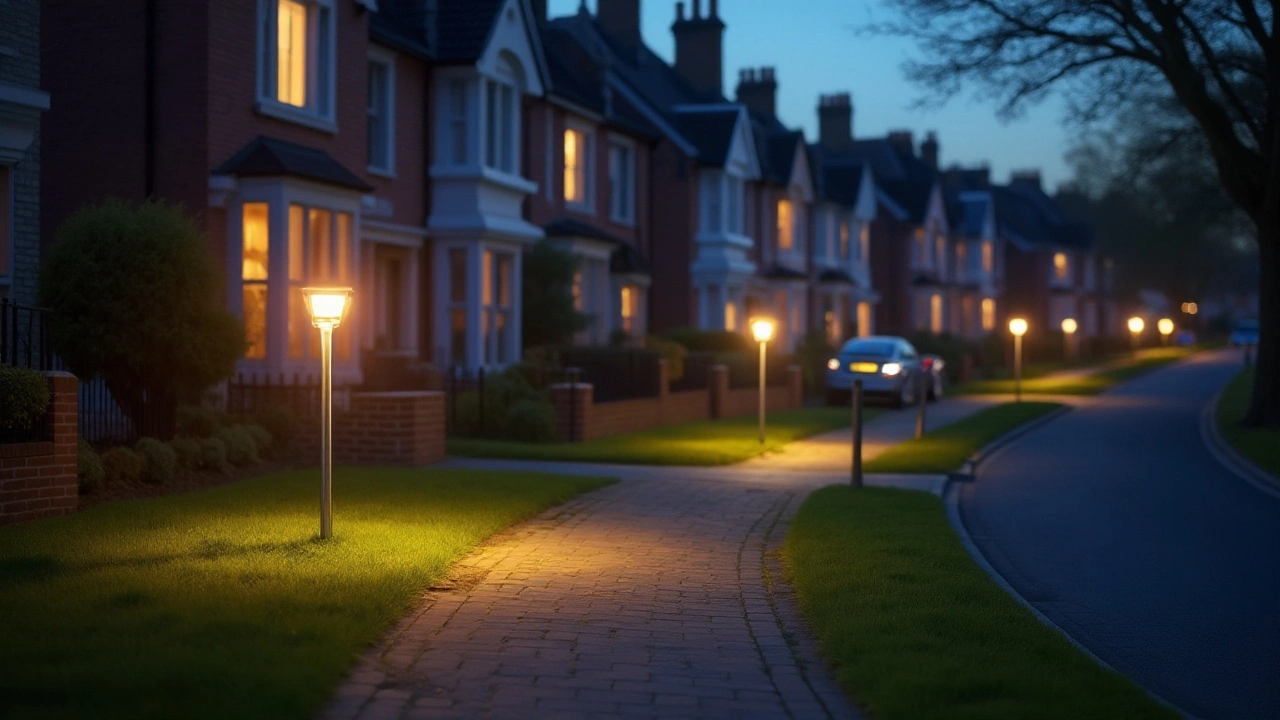Thinking about adding a bright light to your garden or driveway? Security lights look great on paper, but they can bring a few nasty surprises. In this guide, we’ll break down the most common problems people run into, from glare that hurts your eyes to hidden energy costs.
One of the first things people notice is glare. A harsh floodlight can blind anyone standing nearby, including you. It also makes it harder for security cameras to capture clear footage at night. If the light washes out the image, you end up with a blurry mess instead of useful proof.
To fix this, aim for a shielded fixture that directs the beam downward. Adjustable LEDs let you set the right angle, so the light covers the area you need without dazzling passersby.
Bright lights draw power, and if you leave them on all night, your electricity bill will climb. Older halogen floodlights are especially thirsty. Even modern LEDs can add up if you have several units running 24/7.
Consider motion‑sensor timers. They only turn on when movement is detected, slashing energy use and cutting costs. Some smart systems even let you schedule on‑off periods from your phone.
Another hidden cost is maintenance. Bulbs burn out, lenses get dirty, and you may need to replace parts more often than you expect. Choose fixtures with long‑life LEDs and easy‑clean lenses to keep upkeep low.
Security lighting can feel invasive. A bright beam that shines into a neighbor’s garden can spark complaints. Complaints can turn into legal disputes if local bylaws restrict light pollution.
Before you install, check your local council’s rules on outdoor lighting. Use fixtures with shields or lower the brightness to stay friendly with neighbors while still keeping your property safe.
Not all lights are created equal. Floodlights are great for covering large areas, but if you only need to light a door or pathway, a focused security light is more efficient. Look for a product with a decent IP rating (water‑proof) if you live in a rainy area.
Read reviews that mention real‑world performance, not just marketing hype. Users often point out if a light flickers, shorts out, or creates annoying buzzing noises.
In short, security lighting can boost safety, but only if you avoid glare, control energy use, respect privacy, and pick the right fixture. Follow these tips, and you’ll get a well‑lit home without the headaches.

Motion sensor lights have become popular due to their energy efficiency and convenience. However, they come with some drawbacks that homeowners should consider before installation. Issues such as unnecessary activations, installation challenges, and potential security vulnerabilities can offset their benefits. Additionally, the sensitivity and range of these lights can sometimes lead to frustration. It's essential to weigh these cons against their advantages to make the best lighting choice for your home.